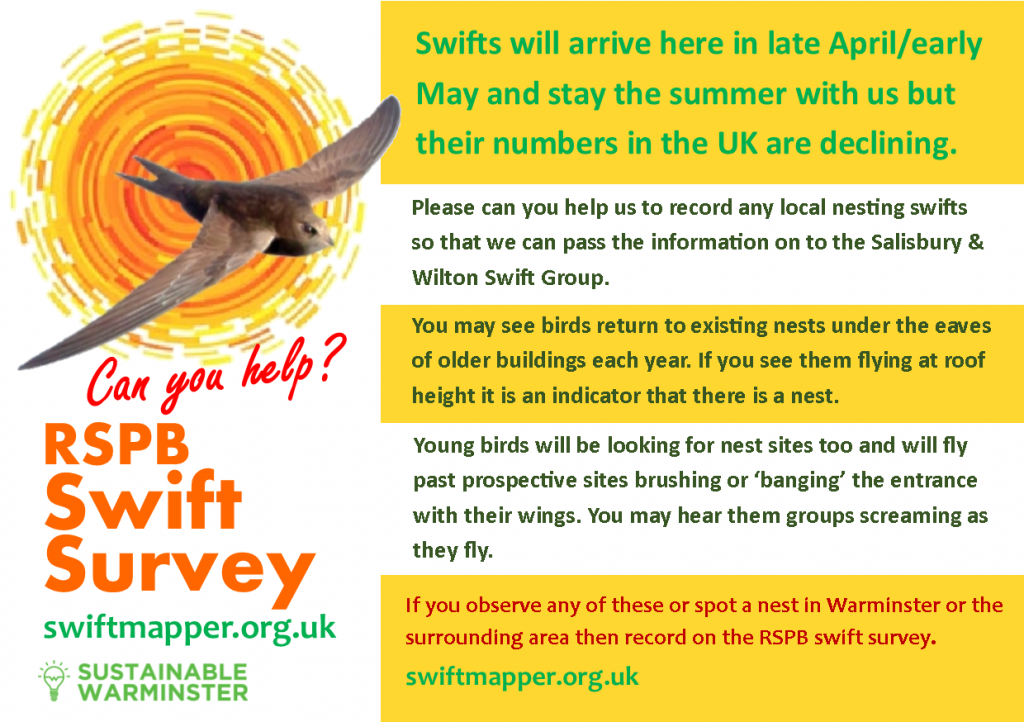You are invited to a Toad Tea Party
Toadally delicious cakes, and activities for children. Free Entry.
You are invited to a Toad Tea Party
Toadally delicious cakes, and activities for children. Free Entry.
Asian Hornets are a major risk to honey bees, and are now at large in England. They have been sighted in Kent, Devon and Dorset.
Report any sightings of this species:
online at: www.nonnativespecies.org
with the free iPhone and Android recording app: Asian Hornet Watch
Now that autumn is well and truly here, hedgehogs will be considering their winter hibernation arrangements. It may be a few weeks yet before they settle down, so you can help them out during October and early November by putting down some hedgehog food – hedgehog biscuits, or meaty cat or dog food, either tinned or kibble. Because they don’t eat a lot once they start hibernating, they need to weigh at least 500g (and preferably more) before they settle in, otherwise they don’t have the fat reserves to see them through cold frosty nights. If you see little hedgehogs out during October or later, you can pick them up with gardening gloves and weigh them on the kitchen scales. If they are less than 500 g do phone a hedgehog rescue (listed below) for further advice.
For their winter accommodation, hedgehogs will be looking for somewhere snug and dry. Their favourite hibernation places are in piles of twigs and leaves under hedges, and in hedgehog houses, where they will drag leaves in to keep them comfy. So, if you are clearing up your garden, do sweep leaves and twigs into a heap in a corner, or under a hedge, or near the entrance to your hedgehog house, and then leave it undisturbed for the winter. The leaves are also an over-wintering place for insect larvae, so the hedgehogs will have a built-in larder.
If you have a wood pile that you intend burning on bonfire night, please dismantle it the day before and check underneath – hedgehogs third favourite hibernation place is woodpiles, especially if they contain lots of twigs at the bottom, and whilst they like to be warm, a bonfire is a bit too warm for them! Unfortunately, when they get confused or frightened, they just roll up into a ball – which won’t protect them from the flames.
It’s not to late to make and mark hedgehog highways in and out of your garden – if the winter is mild, hedgehogs sometimes wake up out of hibernation, get a drink and a snack and then move on to another winter hidey-hole – we’re not sure why they do this but it may be to confuse predators or to find somewhere warmer and drier. So there’s still time to check with a neighbour that their garden is also hedgehog friendly, open up a gap in the fence or wall, and make sure the hole stays clear by marking it with one of our hedgehog highway signs. Do get in touch if you would like one.
If you are ever worried about the health or welfare of a hedgehog, please call the British Hedgehog Preservation Society on 01584 890801 and they will be able to give you advice, and put you in touch with a local rescue centre if necessary.
